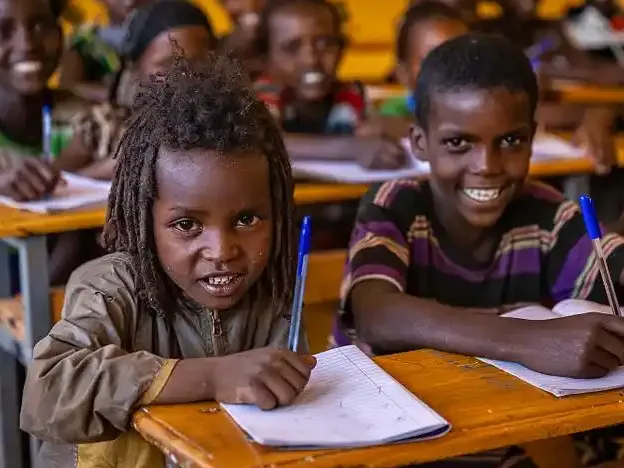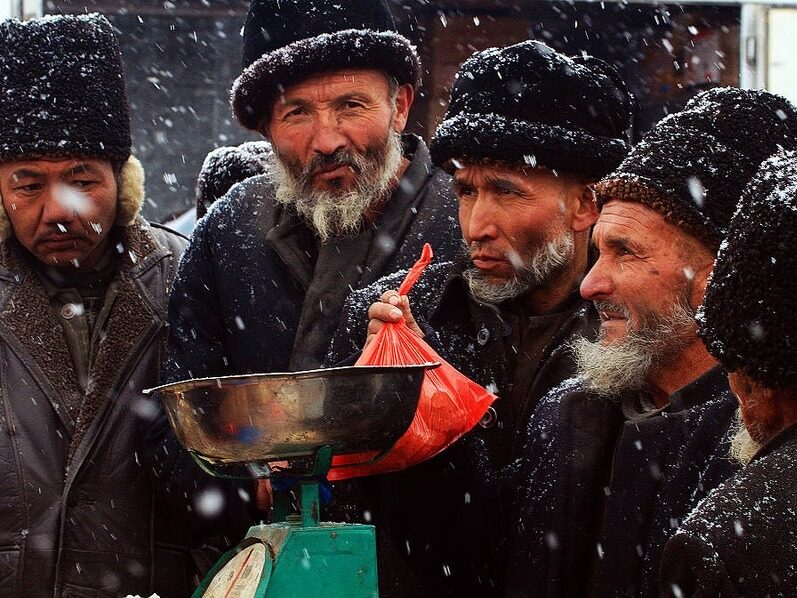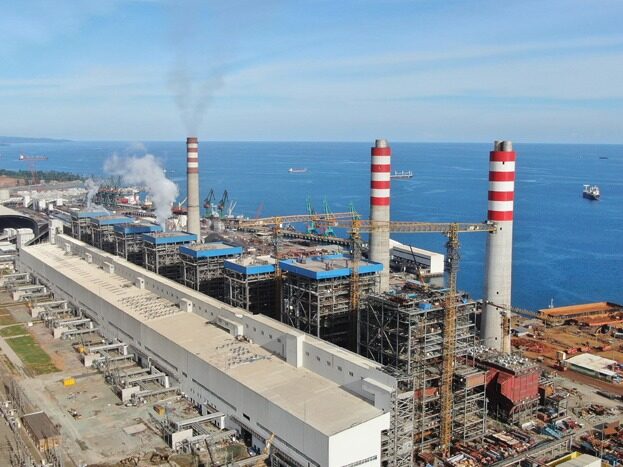- Chongshan Temple, located in Taiyuan City, Shanxi Province, was built in the Tang Dynasty

Chongshan Temple is located in Dilianggong Street, Yingze District, Taiyuan City, Shanxi Province. It was built in Tang Dynasty and is a famous ancient temple in Taiyuan City. It was originally named Baima Temple, and later changed to Yanshou Temple and Zongshan Temple. In Ming Dynasty, it was changed to Chongshan Temple. In the 14th year of Hongwu (1381), the third son of Zhu Yuanzhang, King Gong of Jin, Zhu Feng, to commemorate his mother, Empress Xiaocigao, Ma, expanded the temple site, 550 meters long from north to south, 250 meters from east to west, with a total area of 140,000 square meters. . The name of the new temple of Chongshan Temple has been used for hundreds of years from the early 14th century to the Republic of China in the 20th century.
The Chongshan Temple in the Ming Dynasty was built completely in accordance with the standard palace-style architecture. On the central axis, the King Kong Hall, the Heavenly King Hall, the Daxiong Hall, the Pilu Hall, the Great Compassion Hall, and the Jinling Hall are lined up from south to north. On the left and right of the main halls, a series of small courtyards are neatly arranged. They are not only symmetrical, but also uniform. This pattern is very similar to the layout of the main hall and the six east and west palaces on the central axis of the Forbidden City in Beijing. From the "Comprehensive Architecture of Chongshan Temple", one can imagine how magnificent and magnificent the Chongshan Temple, which covered an area of 245 mu, was.

The Chongshan Temple was not only eye-catching in appearance, but more importantly, it had conditions that other temples did not possess, that is, it was not only a temple, but also an ancestral temple of the Zhu family. The last hall on the central axis, the Jinling Temple, is an ancestral temple without a throne. This is rare in the construction of Chinese Buddhist temples. Chongshan Temple is both a Buddhist temple and a royal ancestral temple. Therefore, it enjoys more incense than ordinary temples. In this context, it has passed its own period of prosperity and prosperity.
The Chongshan Temple that I see now is only a few tenths of the original temple, and it is only one of the six main halls-the Great Compassion Hall. The other magnificent buildings of Chongshan Temple were all reduced to ashes in the fire in the third year of Tongzhi (1864 AD) in the Qing Dynasty.
The Great Compassion Hall is seven rooms wide and four rooms deep. The upper part is the top of the mountain with double eaves, and the five pavilions are made of buckets, which has a solemn beauty. The hall is open and bright. From the inner pillars, beams to the flat base, all the gold and green paintings used in the palace are all used, giving people a feeling of splendor and elegance. The Great Compassion Hall from the roof of the beams to the window lattice partitions are all original works of the Ming Dynasty. It is the most complete and standard architectural example of the Ming Dynasty in Shanxi. It is also a representative of the official architecture of the Ming Dynasty. Its history is even greater than that of the Palace of Supreme Harmony in Beijing. In the early 20 to 30 years, it has high artistic value and historical research value.

Three Jewels of Chongshan Temple
Tibetan scriptures
The Tibetan scriptures are its first treasure. The number of Buddhist scriptures preserved here is very rare in the whole country. The more well-known ones are: stone inscriptions of "Diamond Sutra" rubbings, gold inscriptions "Hua Yan Sutra", "Fa Hua Sutra", "Hua Yan Sutra" with blood stabbing, "Chongning Longevity Collection" of Northern Song Dynasty and "Moraine Sand Collection" of Southern Song Dynasty, etc.
Copy of Mural
The second treasure of Chongshan Temple is the copy of the two sets of murals. In ancient times, when photography and plate-making technology did not exist, copying and copying was the only way to spread famous paintings in history. Today, I can see the painting style on the two corridors of the Daxiong Hall. I should thank the ancestors who left such precious copies. Of these two sets of paintings, one is "Sakyamuni Sakyamuni's Applicable Signs", depicting the story of Sakyamuni becoming a Buddha; the other is "The Fifty-Three References of the Good Fortune Boy", which depicts the good fortune boy Pay homage to the stories of Buddhism. Although these two sets of facsimiles have passed through more than five hundred years, they are still as bright as ever, and they are called gem paintings. These paintings not only provide a beautiful view of Xiangchongshan Temple, but also provide valuable information for studying the history of Chinese painting.

Three standing clay sculptures with golden bodhisattva
The third treasure of Chongshan Temple is to count the three standing clay statues on the Sumi seat on the front of the Great Compassion Hall. The three Buddha statues were molded during the Hongwu period of the Ming Dynasty and have a history of more than 500 years. In the center is the statue of Guanyin Bodhisattva with Thousand Hands and Thousand Eyes; on the left is the statue of Samantabhadra Bodhisattva; on the right is the statue of Manjushri with Thousand Hands, Thousand Bowls and Thousand Sakyamuni. The three standing statues are all about eight meters high, with a beautiful posture, a kind face, grace and luxury, giving people a respectable feeling. These three Buddha statues are peculiar in shape and exquisite carving, which are indeed treasures of Chinese sculpture art.
Chongshan Temple is attracting more and more tourists with its unique elegance, harmony and fullness. Would you like to go there? Editor/He Yuting
Comment
 Praise
Praise
 Collect
Collect
 Comment
Comment
 Search
Search














Write something~